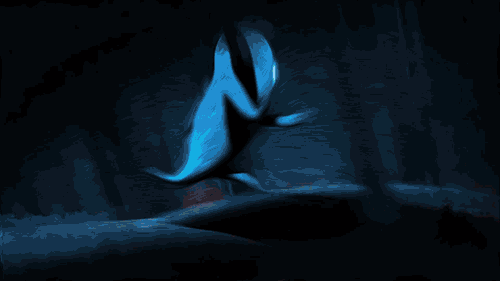
TED-Ed Club Facilitator on student individuality, academic freedom and global connection
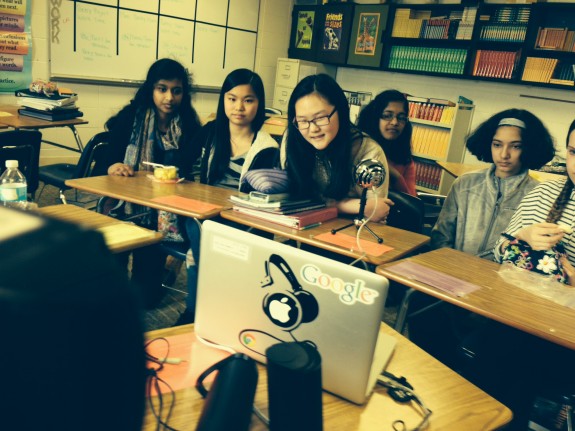
As we round out our first semester of TED-Ed Clubs, we wanted to know the answer to one big question: how are they going? So the TED-Ed Blog invited facilitators to share their experiences in this column, “TED-Ed Club Facilitators in the Field.” Below, thoughts from Jimmy Juliano, a teacher at Daniel Wright Junior High School who ran his first TED-Ed Club last spring. Look for more updates like this one in the weeks to follow.
Folklore and horror stories. Star Wars. The songwriting genius of John and Paul. Joseph Campbell’s hero’s journey. The importance of journaling. If I were still in school, these would be the things I’d like to study. But even though these are the topics that fascinate me, odds are they wouldn’t be a part of my curriculum. What’s a student to do?
Last spring, I was searching for ways to better support student individuality and academic freedom, and fate found a way to intervene. An announcement for TED-Ed Club applications popped up on my Twitter feed, and soon after, I was a club facilitator with a small group of enthusiastic middle school students meeting after school once a week.
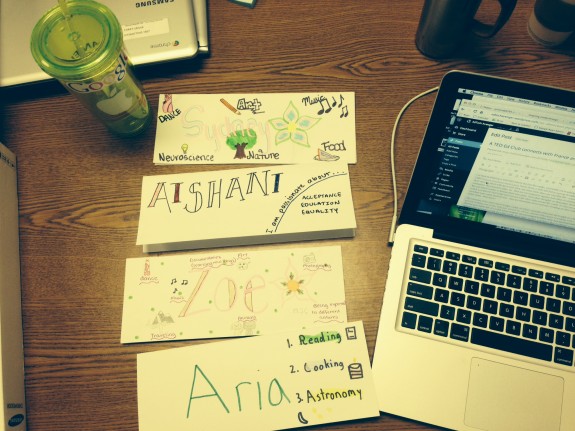
TED-Ed provided a timeline with weekly activities for students to find, explore, collaborate on and share their big ideas with the world. In my mind, the club was built on student choice, so I allowed the students free reign over our weekly meetings while using the TED-Ed framework as a roadmap.
And what did I discover? Well, first: students love to connect.
The students started tweeting at other TED-Ed Clubs around the world, sending off emails, and video-chatting with students in France and Cyprus. They loved hearing the big ideas of other students and supporting their endeavors in changing the world. They discussed academic freedom and how students should have more time in school to follow their own passions. They were engaged, energized and motivated.

If only we’d had more time. Following the recommended club time frame would’ve produced finished TED-like presentations in under three months. It’s a lofty yet attainable goal … but we didn’t get there. We spent too much time watching and dissecting online TED Talks, discussing big ideas, breaking down presentation tactics and collaborating with other groups. Sometime around the fifth week, I knew we wouldn’t have complete and polished presentations by the summer. Not with the group of perfectionists I was working with.
My students cared deeply about many issues: grammar awareness, the equality of persons with disabilities, promoting healthier eating and individualizing education. These truly were BIG ideas, and we spent weeks fine-tuning, editing, crossing out, rewriting, and crossing out again. Our final presentations would’ve felt rushed and imperfect. And besides, we only met for an hour after school once a week. And, unlike teachers who built TED-Ed into their classroom curriculum, I couldn’t assign homework or set super firm due dates. It didn’t feel right.
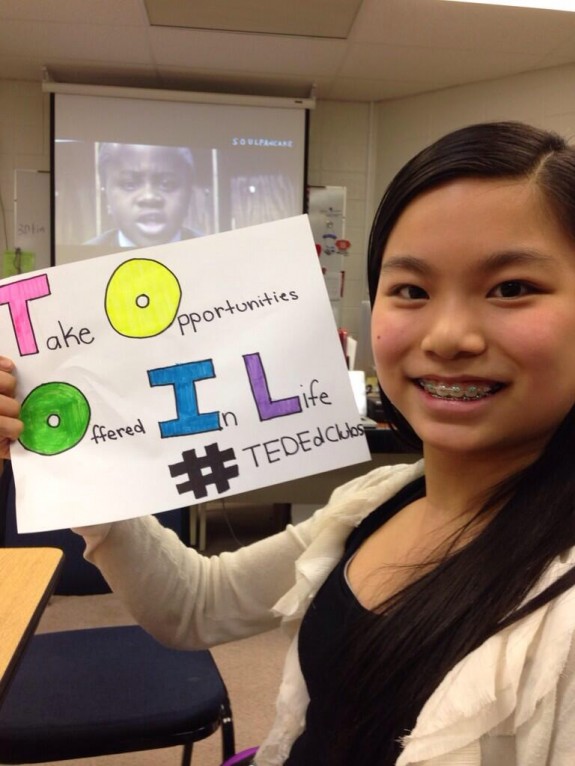
The bigger point is: I learned a lot about myself as an educator. And I learned what students care about. It made me want to give students more of a voice in their education and to completely tear down the classroom walls and allow learners to facilitate global connecting opportunities. If you give students the freedom, they will run with it and inspire you and each other.
I only wish I was a student again and could create a TED presentation about how we see Joseph Campbell’s monomyth in our own lives and what we can learn about ourselves, or how journaling in the morning can set the tone for a positive and productive day. Because I didn’t get to individualize my education and truly explore my passions when I was a student.
But with TED-Ed, the opportunity was right there. And that’s certainly an idea worth spreading.
Interested in bringing TED-Ed Clubs to your school? Apply here. >>
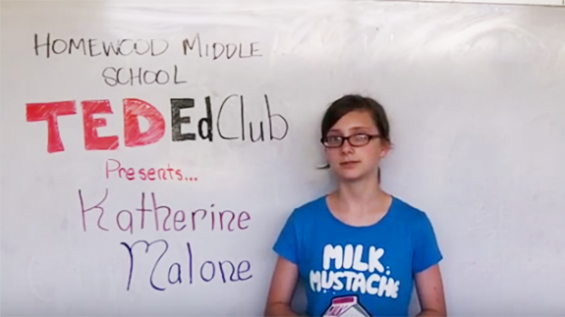

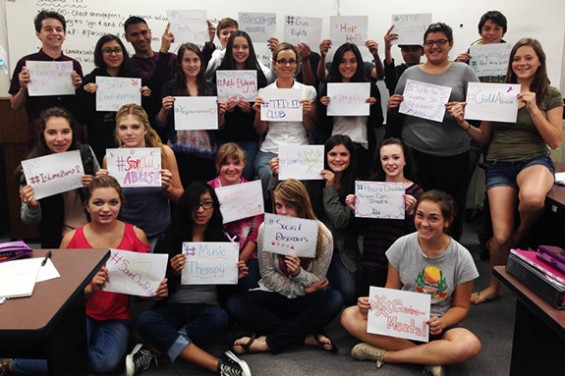

For an article on TED-Ed clubs, I’m interested in hearing about the experiences of other educators who have started clubs. I’d also like to speak to someone on the TED-Ed staff who can discuss the future of the program.
Please contact me. Thanks.
wonderful put up, very informative. I’m wondering why the
other specialists of this sector do not notice this.
You must proceed your writing. I’m confident, you have a great readers’ base already!
I am a Spanish teacher and the facilitator for the TED-Ed Club at the Lovett School in Atlanta, Georgia USA. I built the TED-Ed project into my class curriculum of Spanish VI-Honors. My class and I have enjoyed very much trekking trough the process of creating an original deliverable product. As a teacher I became a learner and my students becoming teachers have taught me a lot. Getting their buy-in and trusting the process was worrisome to say the least. The trust between the students and I brought us together. My expectations are that the students will learn to communicate with a large audience about their passions.